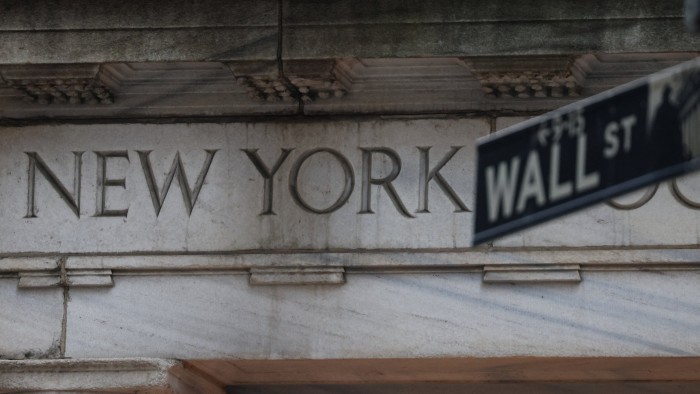Unlock the White House Watch newsletter for free
Your guide to what the 2024 US election means for Washington and the world
US stocks closed slightly lower after a day of wild swings on Wall Street as traders remained fixated on Donald Trump’s tariffs on the country’s trading partners.
The blue-chip S&P 500 lost 0.2 per cent, extending a historic sell-off at the end of last week that was sparked by the president’s so-called liberation day tariffs on US imports and concerns the levies will damage the global economy. The tech-heavy Nasdaq Composite inched up 0.1 per cent as chipmakers including Nvidia and Broadcom climbed.
The volatility on Wall Street came after Trump on Monday threatened additional 50 per cent tariffs on China if Beijing does not withdraw its retaliatory levies on Washington by Tuesday. In contrast, Treasury secretary Scott Bessent later said the US would open trade talks with Japan.
US stocks whipsawed on Monday, opening sharply lower at the start of the session before staging a shortlived rally prompted by a social media post — which the White House subsequently denied — that Trump was considering a 90-day pause on tariffs.
“The market is still working through how to effectively price tariff policy,” said Michael de Pass, global head of rates trading at Citadel Securities.
“You need to determine the impact of the recently proposed policy but also the probability of the policy staying as is and what the alternative outcomes look like. Not easy,” he added.
US government debt fell sharply as equities swung higher and lower, in a sign investors are avoiding even perceived haven assets. The 10-year Treasury yield, which moves inversely to prices, rose 0.2 percentage points to 4.21 per cent.
In Europe, the Stoxx Europe 600 index sank 4.5 per cent, while Germany’s Dax lost 4.3 per cent, having briefly plunged more than 10 per cent at the open. The FTSE 100 fell 4.4 per cent.
Investors said that even if Trump eventually backs down from his most aggressive tariffs, the damage to markets is likely to be lasting.
“You can’t put the genie back in the bottle,” said Greg Peters, co-chief investment officer of PGIM Fixed Income. “This will be a defining negative moment in history.”
The heavy falls came as Goldman Sachs raised the probability of a US recession from 35 per cent to 45 per cent following “a sharp tightening in financial conditions” after Trump said he would impose sweeping levies on US trading partners last week.
“Investors are closing down a lot of positions in light of the volatility,” said Jason Lui, head of Asia-Pacific equity and derivative strategy at BNP Paribas. “[The falls are] a reflection of some of the positioning unwind.”
The US dollar rose 0.5 per cent against a basket of peers. Chinese authorities set the onshore renminbi at its weakest level since early December at Rmb7.19 a dollar.



